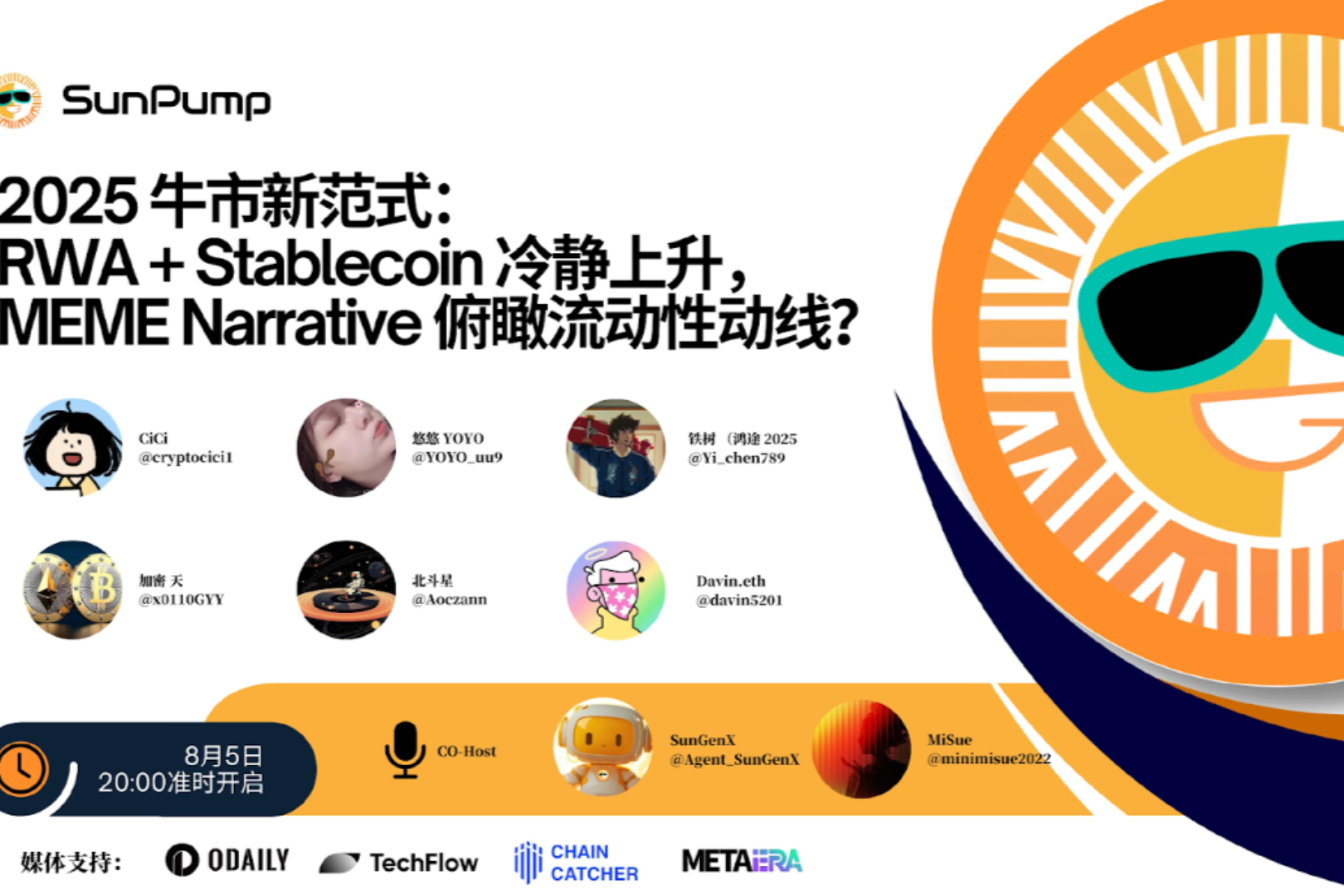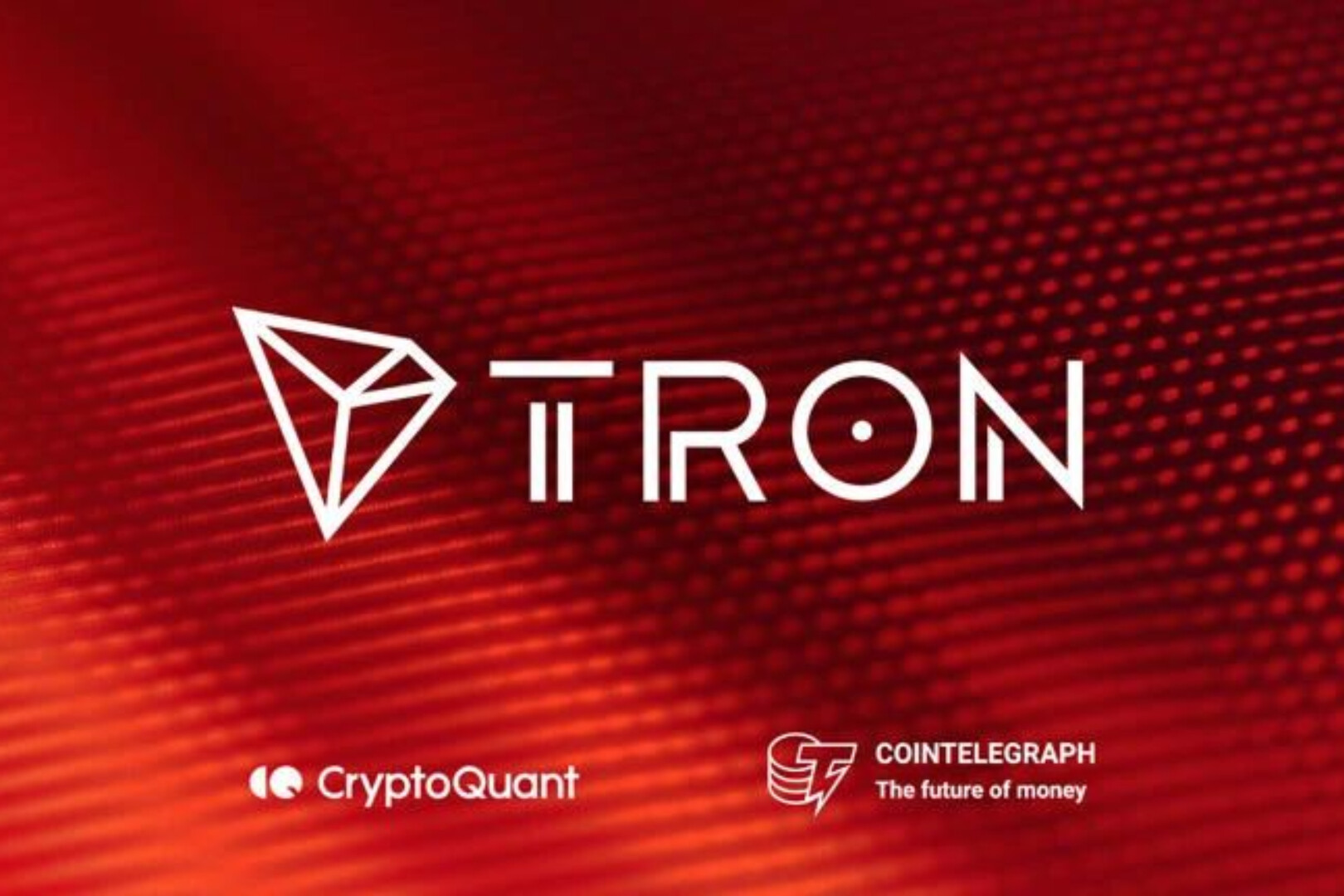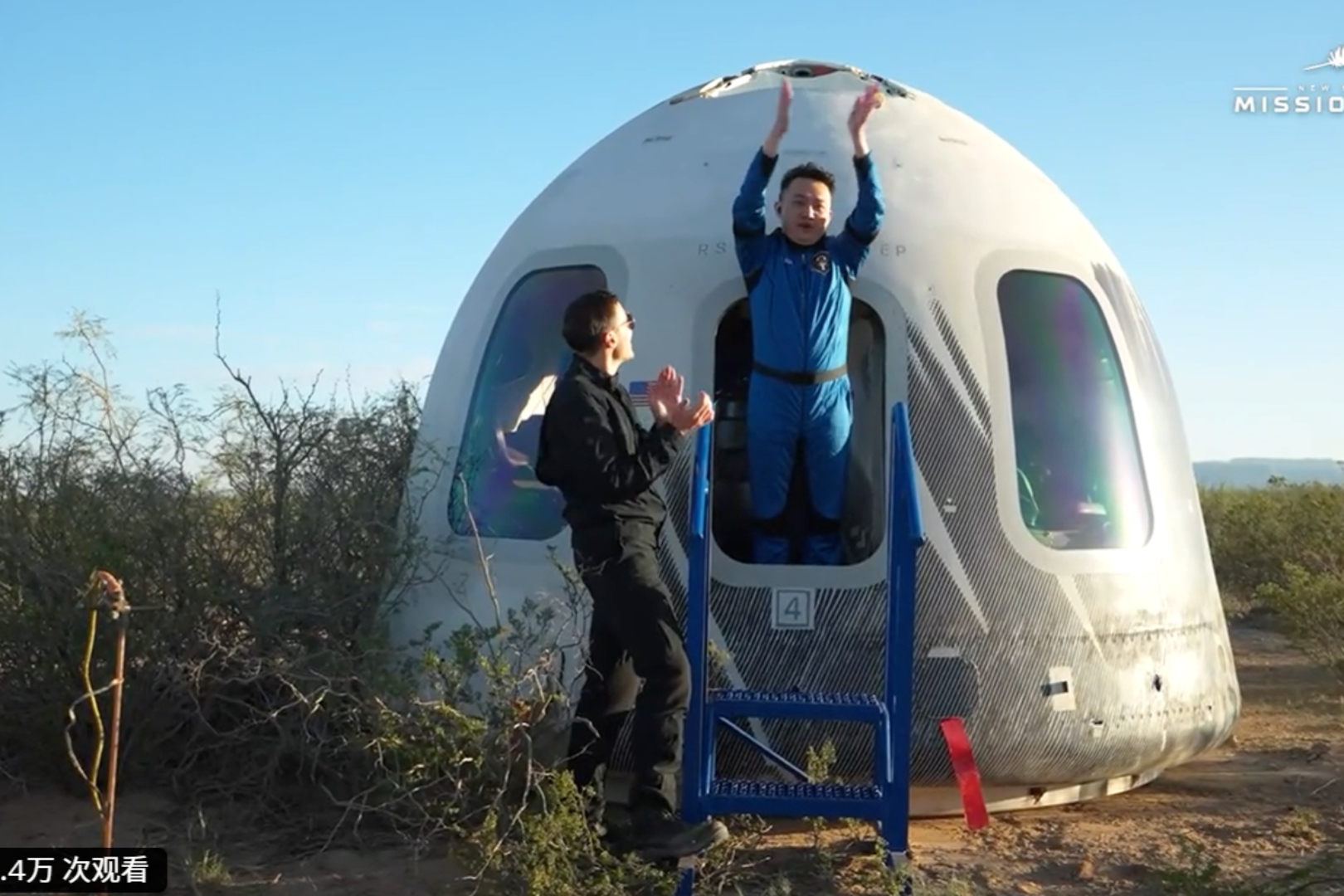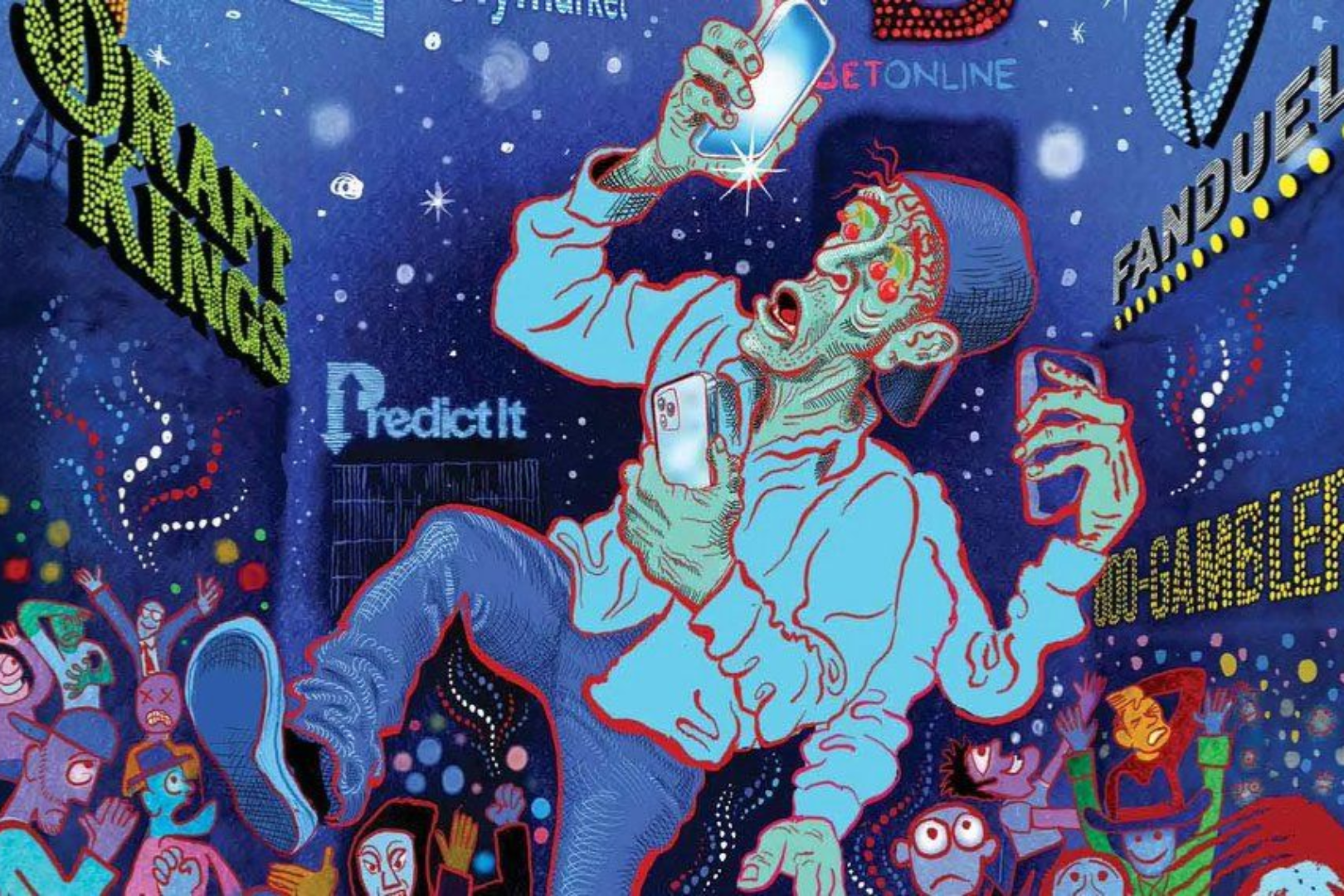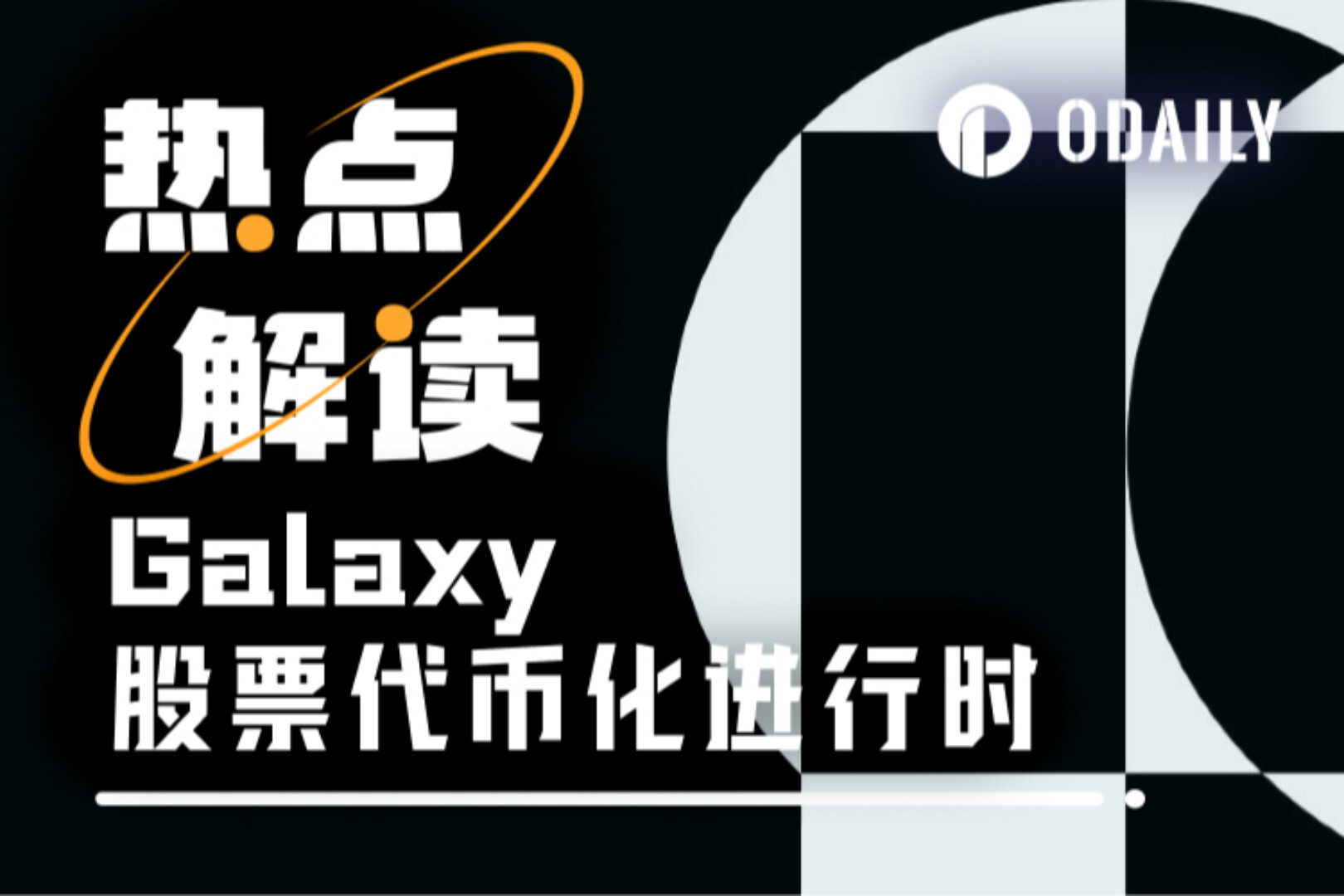Editor's Note: This article comes fromBabbitt Information (ID: bitcoin8btc)Babbitt Information (ID: bitcoin8btc)
In our blockchain family, Ethereum is a well-respected big sister, she is eccentric, cool, but responsible, and she has very good grades.
Babbitt Information (ID: bitcoin8btc)
, Author: Andrew Gross, Compile: Overnight Porridge, published with permission.
Most in the cryptocurrency community know and love Ethereum, however, today we get to know its sister, xDai. xDai admires the big sister of Ethereum and relies on her very much, but she also thinks that her sister is sometimes a bit boring. In contrast, xDai is more rebellious and interesting. She is an artist and has a free spirit.
They are family and ultimately share the same long-term vision and goals towards a decentralized, blockchain-centric future.
image description
(picture from: pixabay)
secondary title
Without Ethereum, there would be no xDai.
xDai is an EVM (Ethereum Virtual Machine) sidechain that operates independently of Ethereum, but relies on Ethereum to create its native token XDAI (DAI converted from Ethereum) and multi-purpose governance token STAKE. The network follows the same protocol updates, block size limits, and EVM parameters as the Ethereum mainnet. This compatibility makes it easy for developers, project parties, and users to move seamlessly between chains.
Through the TokenBridge architecture, tokens and messages can also be transferred between Ethereum and xDai, as well as between other blockchains. Through interoperability, xDai expands the available Ethereum operating space, providing developers with a wider network and familiar tools and applications.
secondary title
Differences between xDai and EthereumPOSDAOxDai is a chain with a stable reserve currency, and its transactions and fees are carried out through XDAI, which is created by locking DAI on Ethereum and through the xDai bridge. The value of XDAI is basically anchored to the US dollar, which means that transaction costs are predictable and will not be affected by market fluctuations.
The actual cost of a transaction on Ethereum will vary greatly due to congestion and the price of ETH. For example, in the recent situation, a simple ETH transaction costs about 5.5 US dollars, while on xDai, the same transaction The cost is about 1 cent ($0.01).
, and use the proof-of-stake incentive model to achieve a 5-second block time with lower transaction costs. Since validators are incentivized with STAKE instead of XDAI tokens, transactions can be processed with minimal transaction costs.
Currently, some respected project parties from the Ethereum community (such as Gnosis, MakerDAO, Shapeshift, etc.) have become validators of xDai, and they will be responsible for signing blocks, but the operation is transitioning to a more permissionless delegation model. Community members can participate as validators and delegators.
The POSDAO consensus uses smart contract functions to manage validators, validator candidates, and delegators.
secondary title
How Ethereum and xDai Coexistdark forestxDai provides Ethereum with additional scalability. It can support heavy transaction operations, complement existing Ethereum applications, and act as an overflow when the Ethereum mainnet is overcrowded.
In order to take advantage of the low-cost and stable payment model, many Ethereum ecological project parties have chosen to migrate to xDai, while the motivation for some other project parties to migrate is because their applications cannot work properly under the limitations of Ethereum 1.0.
A good example is the Dark Forest (
) This game application, which is a multiplayer universe exploration blockchain game using zkSNARK technology. Each time a player makes a move, a meaningful transaction is processed on-chain, and each player may initiate multiple moves per minute.Perpetual ProtocolIn the latest round of dark forest game testing, nearly 600 players participated in the game, and they conducted 250,000 transactions and spent nearly 100 billion gas. On the Ethereum mainnet, players will spend a lot of money to play such a game, and the congested network will also make the game impossible.CirclesOther projects have taken a hybrid approach to onboarding xDai, moving some operations to xDai while keeping others on Ethereum. For example, PrimeDAO, a DeFi-oriented decentralized autonomous organization, offloaded member voting operations onto xDai to remove fundamental cost barriers that could prevent members from voting or making proposals. When a vote costs pennies, members are able to express their opinions more freely and actively participate in governance.
In addition, the low cost of xDai enables NFT-based projects (such as Foundation and POAP), new financial protocols (such as
), ecosystem infrastructure (such as Clr.fund and 1Hive) and other cutting-edge projects (such as
) can deploy real economic value onto the chain.
And tools like brightID, Burner Wallets, WalletConnect, etc. enable projects to use xDai conveniently without imposing additional requirements on users. Chain data is transparent and can be explored using BlockScout, while partnerships with companies like Splunk bring additional visibility and monitoring capabilities to xDai transaction data.
Currently, xDai still has some processes to improve (in particular, users have to add a custom network when using MetaMask for transactions, which can be troublesome), but overall, both ordinary and experienced users can Accept the experience of it.
It can be seen that there are more and more Ethereum ecological projects using xDai side chains, Gnosis infrastructure and Chainlink oracles are helping developers and users to enrich a fully functional ecosystem.
Projects using or migrating to xDai in September and October 2020.
secondary title
The future of xDai and Ethereum
Ethereum 2.0 is full of promise, and xDai is excited to help scale Ethereum during this multi-year transition period. xDai will continue to support projects and applications that require low-cost, predictable user transactions, or contracts that must process many transactions in a short period of time. xDai is also actively working on enhancing the security of the network and bridge, and increasing the decentralization of the protocol.
During the transition, xDai will be secured by STAKE tokens, which provide proof-of-stake incentives for honest validators, and STAKE will also be used for governance, giving holders the opportunity to update network parameters for optimal performance.
And once Ethereum 2.0 is fully realized, xDai will be well positioned as a shard or join Ethereum 2.0 in the form of rollup. At that time, xDai's security guarantees can be transferred to the overall Ethereum architecture, making xDai more decentralized and secure.
For STAKE, this also means transitioning from a network security token to a comprehensive xDai governance mechanism and a chain-based micro-governance mechanism. Holders will use STAKE to determine things like transaction ordering and prioritization on a block-by-block basis, providing a real community voice for transactions written directly to the chain. When Ethereum 2.0 goes into production, the value capture associated with this concept (called "miner-extractable value") will provide an intrinsic and important purpose to STAKE tokens.
